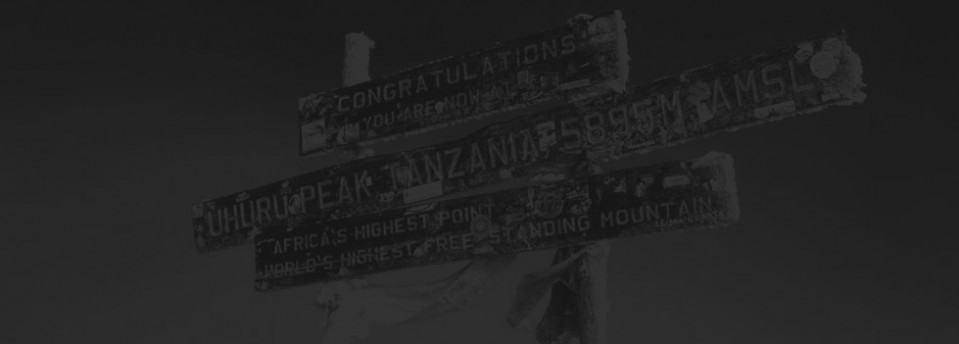Departs Canada 30May and returns 10Jun
(B)-Breakfast — (L)-Lunch — (D)-Dinner
- Day 1 (30May)
- Day 2 (31May) Cuzco (D)
- Day 3 (01Jun) (B)
- Day 4 (02Jun) (B)
- Day 5 (03Jun) Sacred Valley / Ollantaytambo (B)
- Day 6-9 (4-7Jun) Inca Trail (3B, 3L, 3D)
- Day 10 (08Jun) (B)
- Day 11 (09Jun) (B)
- Day 12 (10Jun) early morning departure from Lima.(2:15am)
Departing Canada
Fascinating city of Cuzco, and to acclimatize to the altitude. Cuzco is the continent’s
oldest continuously inhabited city, and the hub of the South American travel network.
The city attracts travellers who come not just to visit a unique destination but also to
experience an age-old culture very different from their 20th century way of life; one
could easily spend a week just in and around the area. Inca-built stone walls line most of
the central streets and you don’t have to go far to see other major Inca ruins. It is a city
steeped in history, tradition and legend.
Every year Cuzco attracts thousands of travellers who come to delve into its noble but
tragic past. It is the perfect base for optional explorations around the city and area as well
as a range of outdoor activities. Relax and explore this fascinating city, and take time to
acclimatize to the high altitude. Cuzco’s numerous colonial churches are one of the city’s
most common sights. The Cathedral was started in 1559 and took 100 years to build; it is
also one of the city’s greatest repositories of colonial art. Immediately in front of the
entrance is a vault containing the remains of the famous Inca historian, Garcilaso de la
Vega. Also worth visiting are the churches of La Compañía, La Merced and San
Francisco. While most ruins are just outside of the city, the main ruin within is that of the
Coricancha, once the Inca Empire’s richest temple. Today the ruin forms the base of the
colonial church of Santo Domingo. During Inca times this temple was literally covered
with gold, but within months of the arrival of the first conquistadors this incredible
wealth had all been melted down. It is left to the individual imagination to envision the
magnificence of the original structure.
There are several good museums in Cuzco, including the Archaeological Museum, which
also houses a small art museum, the Regional History Museum and the Religious Art
Museum. Our best advice for exploring Cuzco is to wear a comfortable pair of shoes, arm
yourself with a city map and set off to explore! In the evening we will join Team Machu
for a group dinner
Today is a free day to relax and acclimatize. Welcome dinner/ending dinner
Today is a free day to relax and acclimatize.
Travel with our local guide through the Sacred Valley of the Incas. An important source
of food for the Inca, the Sacred Valley is a lush agricultural region that continues to
supply the city of Cuzco with much of its produce. Visit the impressive Pisac ruins and
the colourful artisan market (market days only). The day trip finishes in the picturesque
village of Ollantaytambo, site of another large Inca ruin. Here we catch our breath and
prepare for the hike ahead.
Ollantaytambo is your first taste of what lies ahead on the Inca Trail. The town and
fortress of Ollantaytambo are strategically situated overlooking the beautiful Urubamba
River Valley. This major ruin site is known as the best surviving example of Inca urban
planning and engineering. It is admired for its huge steep terraces guarding the Inca
Fortress and for being one of the few places where the Spanish lost a major battle during
the conquest. We spend the night in this small town before heading out for the start of the
hike the next morning.
The 4-day Inca Trail to Machu Picchu is physically challenging but worthwhile, and the
excursion is within the ability of most reasonably fit. It is a 44-km (27 mile) hike, with 3
high passes to be crossed, one of which reaches an elevation of 4200m (13776 ft). The
trail is often steep, and it may rain even during the dry season. The temperatures at night
may fall below zero, so it is important to come prepared.
Depart Ollantaytambo for 82 km drive where we begin our walk in the footsteps of the
Incas. Our local crew of porters, cook and guide look after us well for the duration of the
hike. Porters carry the majority of the gear for the hike, so those passengers doing the
hike only carry a small daypack with water, rain gear, snacks, a camera, etc.
As you walk the trail that linked this ancient empire, admire breathtaking views at every
step as we move from high plateau areas to dense cloud forest. Depending on the season,
you may see a great variety of flora, including miniature and large orchids, and fiery
rhododendron bushes.You pass several smaller ruin sites, the first of which is Llactapata.
The second day climb the long steep path to Warmiwañusca, or Dead Woman’s Pass. At
4198 m (13769 ft) above sea level, this pass is the highest point of the trek. The second
pass of the hike is at 3998 m (13113 ft) where on clear days, we enjoy superb views of
the snow-capped Cordillera Vilcabamba.
The trail goes through some beautiful cloud forest on the gentle climb to the third pass,
where you will walk through a causeway and a tunnel, both original Inca constructions.
The highest point of the third pass is at 3700m (12136 ft). On clear days you are
rewarded for all this work with beautiful views of the Urubamba Valley below. Soon you
reach the serene ruins of Phuyupatamarca, or the ‘Town above the Clouds’, at about 3650
m (11972 ft) above sea level.
We will camp either here or an hour and a half further along close to Wiñay Wayna
(Forever Young) ruins, a grandiose terraced hillside site, with panoramic views of the
valley below and just a short hike from Machu Picchu.
On the final day of the hike we climb the steps to the Sun Gate overlooking the peaks that
surround Machu Picchu. When the morning is clear, there is no way to describe the
feeling of the first views of Machu Picchu, as the mist rises off the mountains early in the
morning and the famous site appears in front of you.
Machu Picchu is both the best and the least known of the Inca ruins. It is not mentioned
in any of the chronicles of the Spanish conquistadors and archaeologists today can do no
more than speculate on its function. The local Quechua farmers in the area knew of
Machu Picchu for centuries, but it was not until an 11-year-old boy led the American
historian Hiram Bingham (who was in search of Vilcabamba) to the site on July 24, 1911,
that the rest of the world became aware of its existence. At that time the site was covered
in thick vegetation, and Bingham and his team returned in 1912 and 1915 to clear the
growth. Over the years, much work has been done on excavating and studying the site.
Despite these efforts, many unanswered questions remain.
Distances of the Inca trail:
| Approximate distance | Estimated hiking time | ||
| Day 1 | 82 Km to Wayllambama | 11 km | 5-6 hrs |
| Day 2 | Wayllabamba to Paqaymayo | 12 km | 6-7 hrs |
| Day 3 | Paqaymayo to Wiñaywayna | 16 km | 8 hrs |
| Day 4 | Wiñaywayna to Intipunku (Sun Gate) | 4 km | 1.5 hrs |
| Intipunku to Machu Picchu | 1.5 km | 45 mins |
Today is a free day to relax, explore or arrange an optional excursion
Fly to Lima




